Temps de lecture : 7 minutes
Le projet AMPHy vous informe et vous forme, en vous offrant des connaissances et des compétences pour répondre aux défis énergétiques d’aujourd’hui et demain.
Le projet « AMPHy » accueille dans son amphithéâtre les doctorantes et doctorants affiliés à l’École doctorale C2MP (Chimie, Mécanique, Matériaux, Physique). L’École doctorale C2MP propose un cours en anglais de 20 heures intitulé « Introduction to Electrochemistry: Principles and Applications », qui se déroulera du 30 avril au 4 juin 2025. Ce cours fondamental et structurant, une pierre angulaire dans la formation des doctorantes et doctorants de l’Université de Lorraine. Un cours pour les étudiantes et étudiants engagés dans la construction d’un avenir plus durable et décarboné. Il sera donné par Christelle Despas, enseignante-chercheuse à la Faculté des Sciences et Technologies, Grégoire Herzog et Liang Liu, chercheurs au CNRS. Tous les trois, experts en électrochimie, ils mènent leurs travaux de recherche au Laboratoire de Chimie Physique et Microbiologie pour les Matériaux et l’Environnement (LCPME), un laboratoire reconnu pour son excellence en électrochimie allié à un souhait fort de transmission.
Pourquoi l’électrochimie ?
Elle est à la base des principes permettant la production d’hydrogène décarboné, propre et durable, notamment en réalisant l’électrolyse de l’eau. Ce processus électrochimique permet de décomposer l’eau en dihydrogène (H₂) et dioxygène (O₂) sous l’effet d’un courant électrique. L’électrolyse de l’eau présente des avantages considérables par rapport à d’autres méthodes de production d’hydrogène. En étant une méthode respectueuse de l’environnement, elle ne génère ni gaz à effet de serre ni pollution atmosphérique. Former les étudiants aux notions d’électrochimie, mettre ses principes en application est indispensable au regard de son rôle dans les énergies de demain et plus largement dans le contexte du développement durable.
Vous avez dit hydrogène ?
Produit par électrolyse, l’hydrogène est un carburant propre pour les véhicules de demain. Maîtriser le processus d’électrolyse c’est aussi pouvoir équilibrer l’offre et la demande en électricité. Le dihydrogène ainsi produit peut être stocké et reconverti en électricité. L’électrolyse de l’eau devient alors un moyen de stocker de l’énergie. Ce processus est crucial pour, notamment pour les énergies renouvelables intermittentes comme le solaire et l’éolien.
Le dihydrogène peut être utilisé dans les piles à combustible pour produire de l’électricité. La pile à combustible fonctionne comme un générateur, convertissant l’énergie de l’hydrogène en électricité par des réactions électrochimiques. L’eau et la chaleur générées par cette réaction peuvent ensuite être évacuées ou récupérées.
En suivant le cours d’électrochimie, les futurs docteurs de l’université pourront répondre aux enjeux du défi énergétique en apprenant comment l’eau peut être une source d’énergie décarbonée. L’électrolyse de l’eau présente ainsi des avantages à la fois environnementaux, technologiques et économiques, contribuant ainsi à une transition vers un monde plus propre et durable.
Le saviez-vous ?
L’hydrogène n’est pas aussi récent qu’on pourrait le penser. Au XIXe siècle, il était associé à l’oxyde de carbone pour fournir l’éclairage public et le gaz de ville.
Quant à la pile à combustible, elle n’est pas une invention récente non plus : elle a été découverte dès 1839 par W.R. Grove. D’ailleurs, la pile à combustible est déjà utilisée à bord de nombreux satellites…
Contact :
The AMPHy project aims to inform and train you, providing knowledge and skills to address the energy challenges of today and tomorrow.
The AMPHy project, coordinated by the University of Lorraine in partnership with the Institute of Industry Welding and the Pôle de Plasturgie de l’Est, is a cornerstone of the regional strategy for advancing the hydrogen sector in the Grand Est region. The aim of AMPHy is to establish a robust training ecosystem dedicated to low-carbon hydrogen by uniting higher education institutions, research organizations, and industry stakeholders. The project addresses challenges in critical skill development that must be overcome to promote growth in this strategic sector while enhancing its attractiveness and that of the region. The AMPHy project is a winner of the CMA (Skills and Professions of the Future) call for expressions of interest, which is operated by the Caisse des Dépôts – Banque des Territoires on behalf of the State.
As part of its activities, the AMPHy project welcomes future doctoral students affiliated with the C2MP Doctoral School to its lecture hall. This doctoral school (Chemistry, Mechanics, Materials, and Physics) offers a 20-hour English-language course entitled « Introduction to Electrochemistry: Principles and Applications, » which will occur from April 30 to June 4, 2025. Please find the program attached. This fundamental and structured course is a cornerstone of the education provided to students at the University of Lorraine. It is aimed at those committed to building a more sustainable and decarbonized future. The course will be taught by Christelle Despas, a faculty researcher at the Faculty of Science and Technology, along with Grégoire Herzog and Liang Liu, researchers at the CNRS. All three are experts in electrochemistry and conduct their research at the Laboratory of Physical Chemistry and Microbiology for Materials and the Environment (LCPME), a laboratory recognized for its excellence in electrochemistry and its strong commitment to knowledge transmission.
Why electrochemistry?
Electrochemistry is at the core of processes enabling the production of clean, sustainable, and decarbonized hydrogen, particularly through water electrolysis. In this electrochemical process, water is decomposed into dihydrogen (H₂) and dioxygen (O₂) gases using an electric current. Compared with other hydrogen production methods, water electrolysis offers significant advantages, as it generates neither greenhouse gases nor air pollution.
Training students in electrochemistry and allowing them to apply its principles is essential, given its critical role in shaping the energy solutions of the future and, more broadly, in sustainable development.
Did you say hydrogen?
Hydrogen produced via electrolysis can serve as a clean fuel for vehicles in the future. Mastering the electrolysis process also helps balance the electricity supply and demand. The dihydrogen produced can be stored and later converted back into electricity when needed. Electrolysis thus becomes a key solution for energy storage, particularly for addressing the intermittency of renewable energies such as solar and wind power.
Furthermore, hydrogen can be employed in fuel cells to generate electricity. Similar to a generator, a fuel cell converts the chemical energy of hydrogen into electricity through electrochemical reactions, producing only water and heat as byproducts.
By taking this electrochemistry course, future Ph.D. students at the University of Lorraine will be equipped to address energy challenges by learning how water can serve as a source of clean, decarbonized energy. Water electrolysis provides environmental, technological, and economic benefits, contributing to the transition toward a more sustainable world.
Did you know?
Hydrogen is not as new as it may seem! In the 19th century, it was combined with carbon monoxide to provide public lighting and city gas.
The fuel cell is also far from being a recent invention it was discovered in 1839 by William Robert Grove. Today, fuel cells are already used onboard numerous satellites…
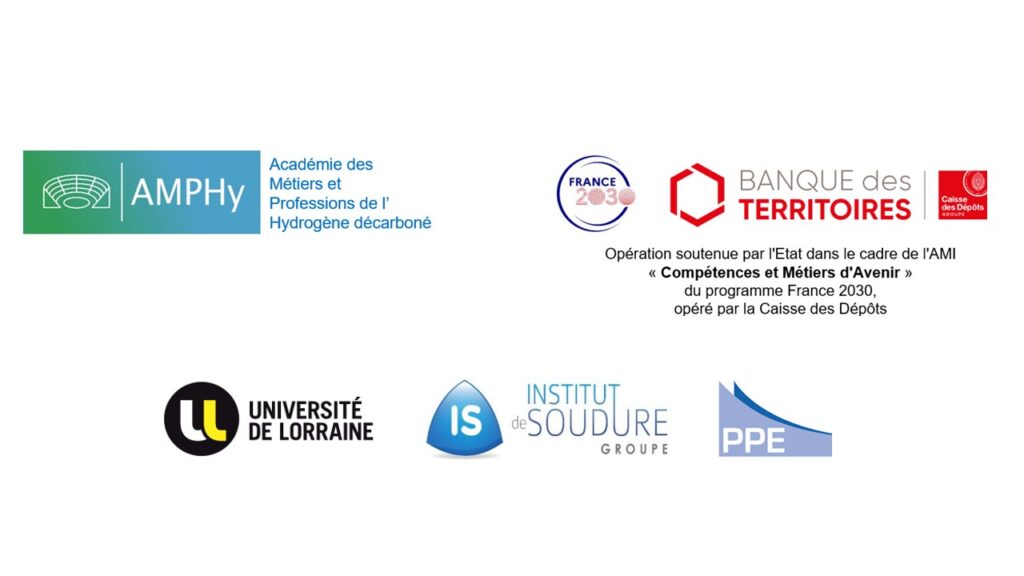


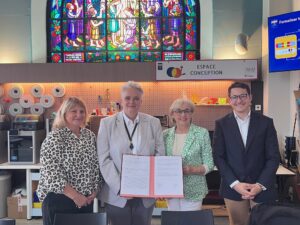
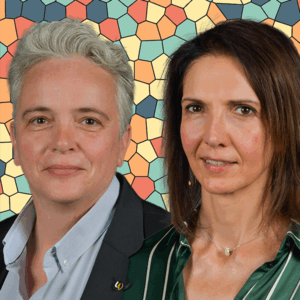
![Vers l'article [Retour sur] Temps fort de la biodiversité](https://factuel.univ-lorraine.fr/wp-content/uploads/2025/07/vignette_factuel-2-300x300.jpeg)

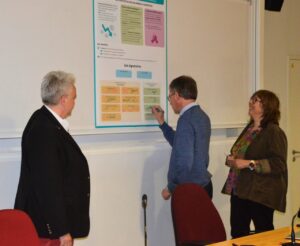
![Vers l'article [Appel à communication] Dynamiques entrepreneuriales, innovations et développement durable](https://factuel.univ-lorraine.fr/wp-content/uploads/2025/06/journee_de_recherche-300x300.png)
![Vers l'article [Exposition] La biodiversité c'est la vie !](https://factuel.univ-lorraine.fr/wp-content/uploads/2025/05/plaquette-biodiversite-vie-1_0-300x300.jpeg)
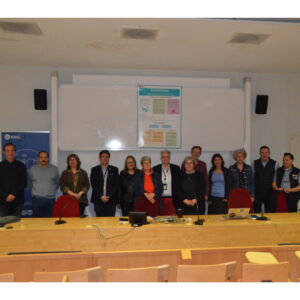
![Vers l'article [Appel à communication] Dynamiques entrepreneuriales, innovations et développement durable](https://factuel.univ-lorraine.fr/wp-content/uploads/2025/06/orion-simple-1-194x300.png)
![Vers l'article [Retour sur] Finale du Challenge Innovatech](https://factuel.univ-lorraine.fr/wp-content/uploads/2025/05/1747303863494-300x200.jpg)


